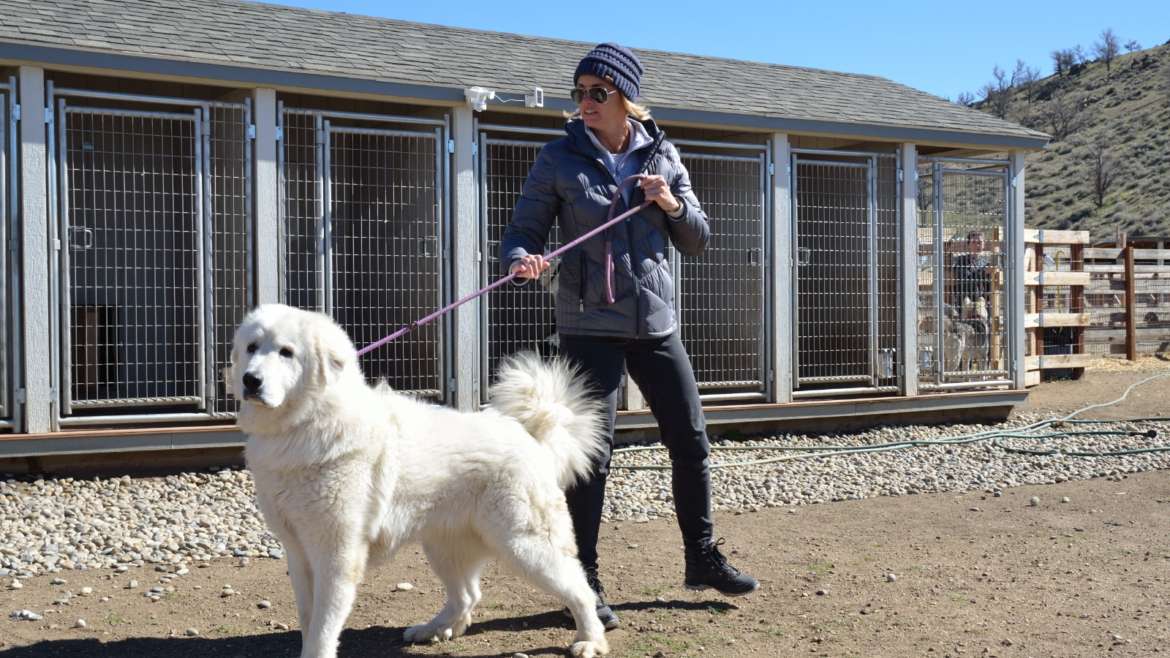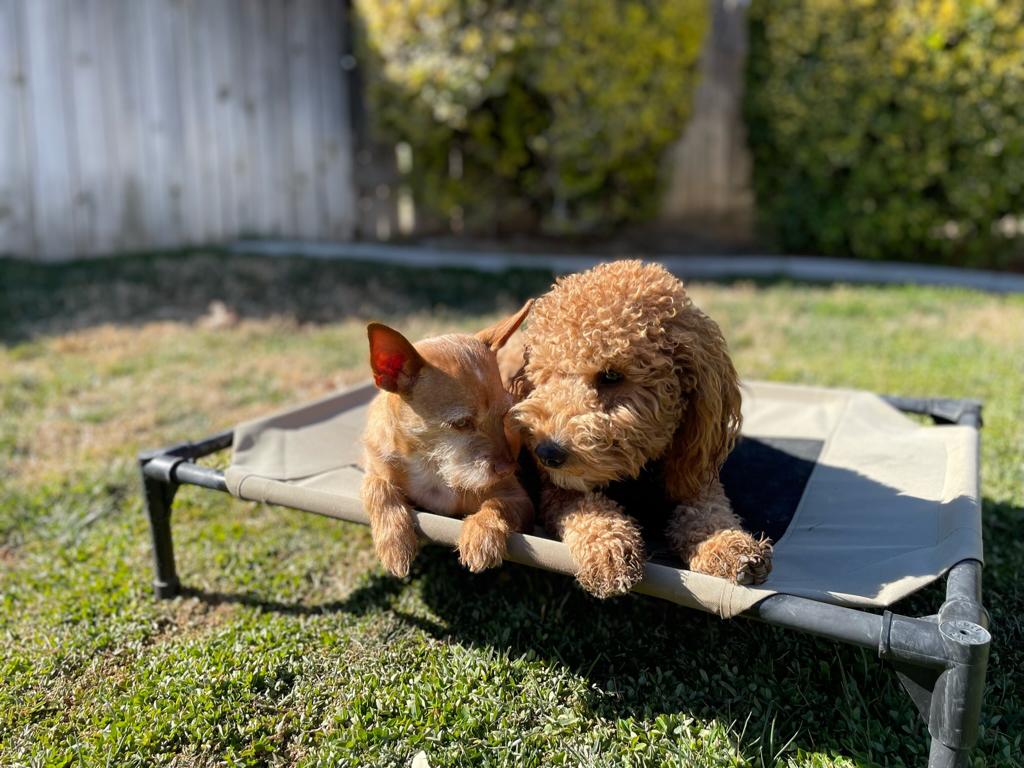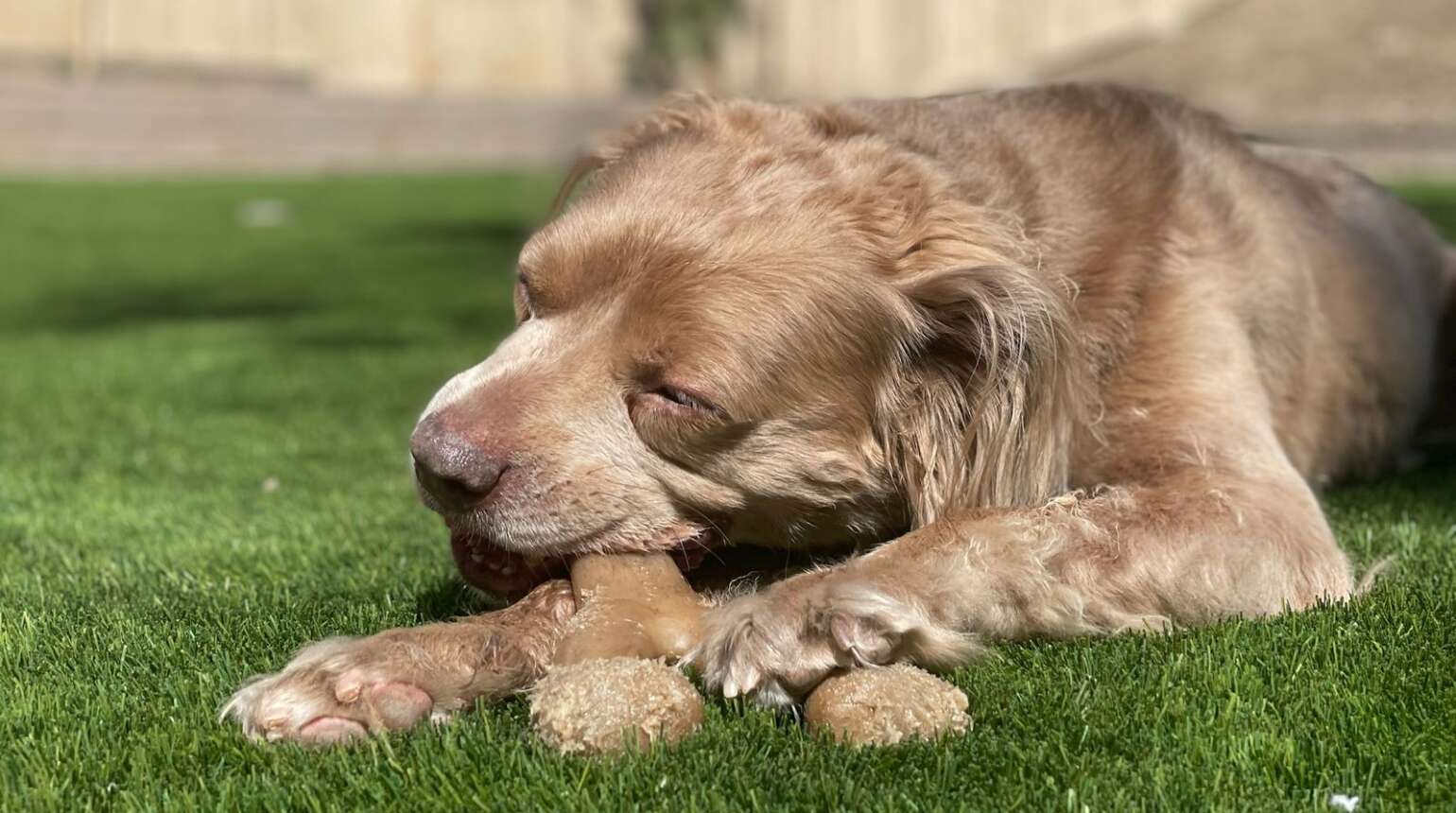Proactive: “creating or controlling a situation by causing something to happen rather than responding to it after it has happened.”
Reactive: “acting in response to a situation rather than creating or controlling it.”
Thinking about your relationship with your dog, would you say you are more proactive or reactive when seeking a specific behavior? In my experience the majority of people that go in search of dog training fall into the reactive column. Not because of some fault, or neglect. It is simply because they either don’t know that their dog needs to be taught, or because they don’t know how to teach them. So I am here to tell you that if you want your dog to exhibit a specific behavior or not do a specific thing, try being proactive and teaching them. I often joke that the only thing I haven’t yet gotten a dog to do is laundry. Everything else that I have asked of them, they have done. This to say that dogs want to learn, they evolved with us, they read us and imitate or react to what we do. If you don’t believe me, just read this: Reading Faces: Differential Lateral Gaze Bias in Processing Canine and Human Facial Expressions in Dogs
What is something your dog is reactive to? Nowadays leash reactivity seems to be on top of many people’s list. If you have a leash reactive dog, think about how you react when you see another dog or person. Do you hold your breath? Do you stiffen? Do you tend to tense up when holding the leash? Have you always done that or did it start after getting your dog? The question becomes almost a chicken and egg conundrum, did you become reactive because your dog is reactive, or is your dog reactive because you react? However, one does not need to figure out the answer in order to become proactive in teaching their dog to be calmer when walking on a leash.
To start, practice in your back yard, or a place that has little distractions. Ask your dog to follow you on a leash. If they pass you, turn either 90° or 180° in the opposite direction. That way your dog is again following you. Every time your dog passes in front of you, turn again. Apply a slight pop on the leash so the action is even more pronounced. What the dog learns is that they should pay attention to where the human is and follow. Every time they try to lead it becomes a little uncomfortable (hence the pop or leash pressure). Once your dog has learned to yield to slight leash pressure or pop, you can add distractions. Remember that most exercises in Dog Psychology follow the distance – duration- distraction model. Once you and your dog master that your job is to lead and his is to follow, you can start adding more diversions. Having food on the floor and still asking your dog to follow. Having people around and your dog has to stay with you and not pull on the leash. The more we are proactive in teaching our dogs to yield to pressure, the less pressure we have to apply when something unexpected comes along.
Being proactive in teaching ours dogs the expected behavior we wish them to display is much easier than being reactive every time they display an unwanted behavior. Reactivity, in my opinion is the outcome of a problem. Not the problem itself. A dog that displays fight on a leash is a dog that is unfulfilled, unsure, and/or has no concept of their role in the pack. But if we practice establishing the behavior that we wish them to display while on leash, then that will also make us calmer since ‘we trained for this soldier, what do we do when something unexpected comes along on our walks? We follow the human’s lead.’
In the mean time practice taking deep breaths. We seldom just stop and check in with ourselves to see how we are actually feeling. So try this when your dog looks at you for guidance, take a deep breath. Not just any breath, but one that is purposely and consciously forcing you to be present. What you are saying to them is, be calm. ‘Breathe bud, all is well. That is what I am doing.’ In that instant you will be simultaneously taking care of your body, your mind and teaching your dog by example. It is a win for all involved.
Happy trails!



